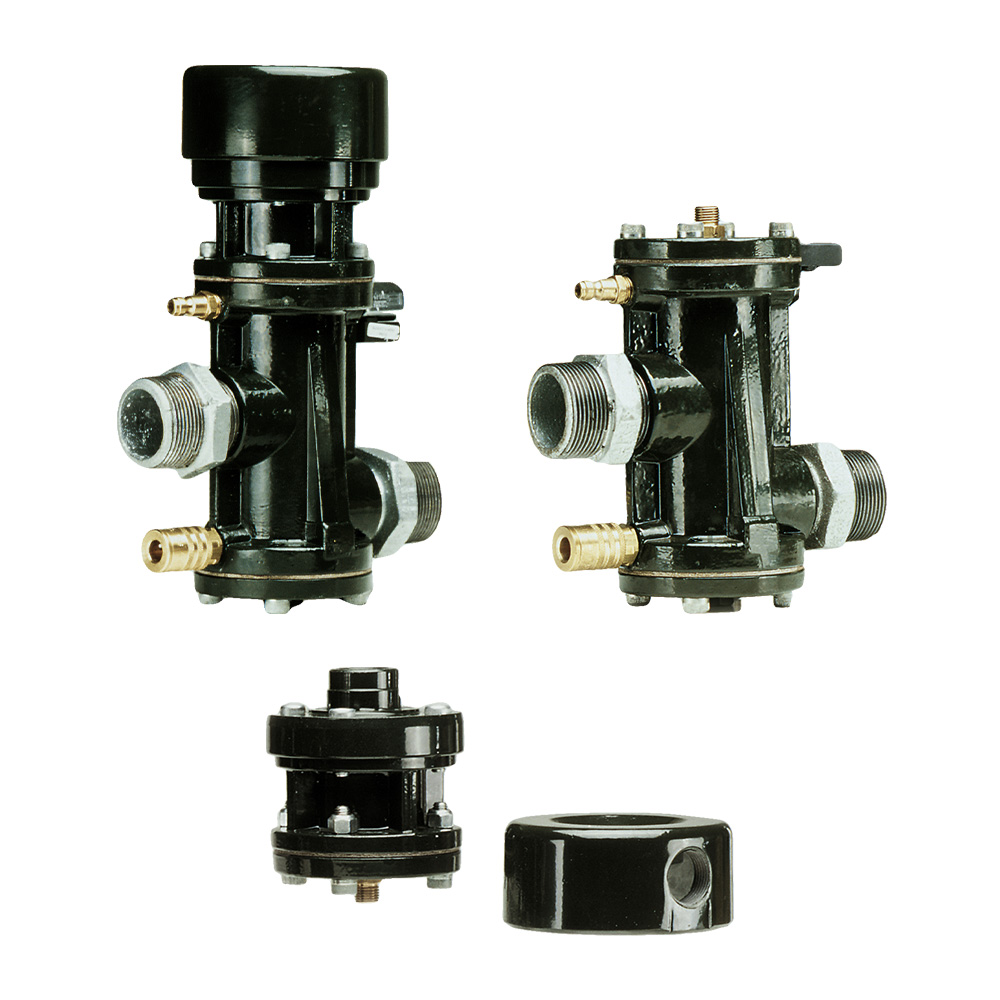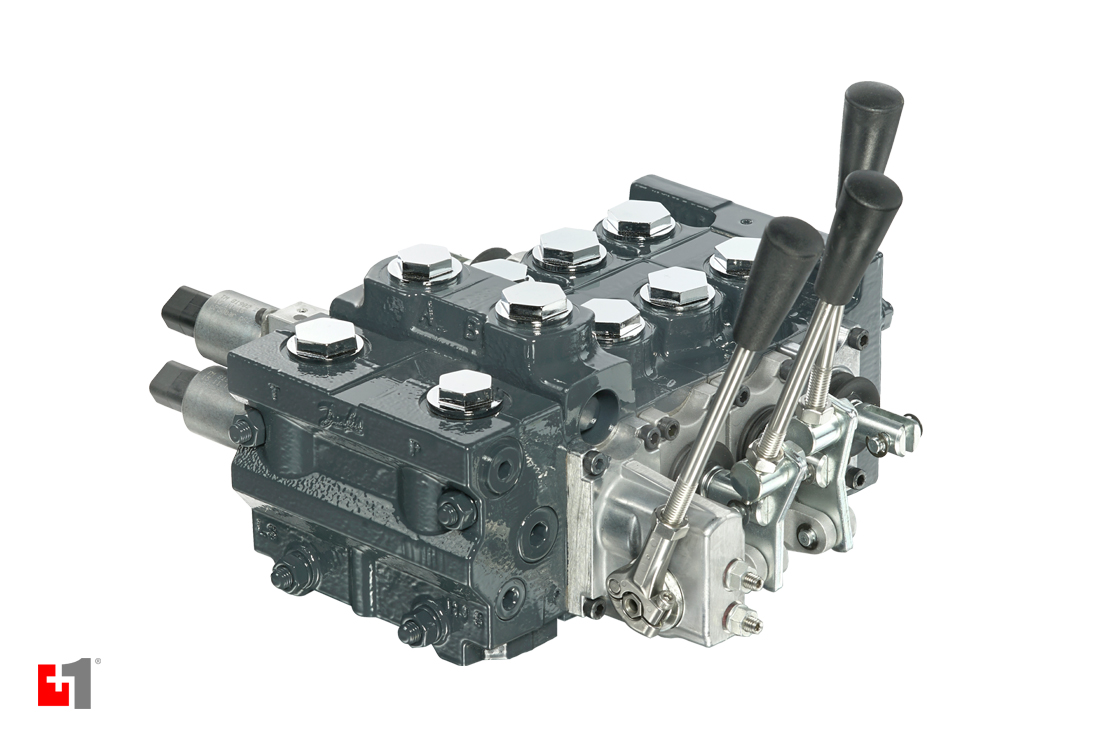Picking the Right Control Valves: An Overview to Ideal System Performance
Picking the Right Control Valves: An Overview to Ideal System Performance
Blog Article

Maximize Power Cost Savings and Comfort With Advanced Building Automation Controls
In the realm of modern-day design and facility monitoring, the combination of innovative building automation controls stands as a crucial development. The convergence of modern technology and sustainability has birthed a brand-new period where power effectiveness, comfort optimization, and operational streamlining are no much longer achievable truths but far-off aspirations. By harnessing the power of automation, buildings can adapt, react, and evolve in manner ins which were when unimaginable. The potential for substantial power savings and enhanced comfort is not just a possibility but a pledge waiting to be met. This paradigm shift in structure monitoring holds the key to unlocking a world where environmental conscientiousness and occupant wellness sympathetically exist together within the walls of our frameworks.
Energy Performance Conveniences
Power effectiveness advantages can considerably reduce power usage and functional prices in buildings. Energy-efficient systems, such as advanced structure automation controls, can maximize the use of resources like home heating, lights, and air conditioning, leading to lower power costs over time.
Additionally, boosted power efficiency can prolong the life-span of structure devices and systems. By operating more successfully, cooling and heating systems, lighting fixtures, and other building components experience less deterioration, resulting in reduced maintenance and replacement prices. In addition, energy-efficient structures frequently command greater home values and rental prices, offering long-term financial advantages to proprietors.
In addition, power efficiency can improve resident comfort and productivity. Effectively controlled interior environments with optimum lighting and thermal conditions produce a more pleasurable and helpful workspace, leading to improved employee fulfillment and performance. In general, the power efficiency benefits connected with innovative building automation controls are multifaceted, incorporating expense savings, environmental stewardship, and passenger wellness.
Improved Comfort Control
Enhancing convenience control in building settings calls for a sophisticated assimilation of innovative automation systems for ideal passenger well-being. By utilizing innovative structure automation controls, facilities can customize the interior environment to fulfill the certain needs and choices of occupants. control valves.
Improved convenience control goes past basic temperature level adjustments. It includes functions such as tailored setups, tenancy sensors, and all-natural light application to produce a vibrant and responsive atmosphere. By incorporating these innovative controls, buildings can not only enhance comfort but likewise boost power efficiency by enhancing system procedures based on real occupancy and use patterns. Inevitably, focusing on resident comfort via advanced automation systems results in a more satisfying and healthier interior atmosphere.
Functional Efficiency Improvements

In addition, the implementation of real-time tracking and analytics devices enables structure drivers to recognize power ineffectiveness and functional anomalies quickly. By continually checking power usage patterns and system performance metrics, modifications can be made in real-time to maximize power intake and guarantee peak functional performance. control valves. Additionally, incorporating need reaction techniques right into structure automation controls can further boost functional efficiency by dynamically changing energy use based on grid conditions and prices signals
Indoor Climate Optimization
Effective interior environment optimization is an essential aspect of structure automation controls, ensuring passengers' comfort and health while optimizing energy cost savings. By utilizing advanced sensing units and controls, developing automation systems can continuously check and readjust temperature, moisture levels, air high quality, and ventilation to produce an ideal indoor setting. Maintaining constant and comfortable problems not only enhances resident complete satisfaction but also improves efficiency and general well-being.
Indoor environment optimization additionally plays an top article important function in energy efficiency. By fine-tuning cooling, ventilation, and home heating systems based upon real-time data and occupancy patterns, building automation controls can considerably lower energy consumption - control valves. For circumstances, executing methods such as demand-controlled air flow and thermal zoning can assist decrease energy waste while making certain that each area of the structure gets the required conditioning.

Sustainable Environment Production
Building automation regulates not only enhance indoor environment conditions for power webpage effectiveness and passenger convenience yet additionally lay the foundation for creating a sustainable setting with tactical management of systems and resources. By integrating advanced building automation innovations, such as sensors, actuators, and smart software program, facilities can monitor and adjust energy use in real-time to decrease waste and lower their carbon impact. These systems allow anticipating maintenance, recognizing prospective problems prior to they intensify and enhancing devices efficiency to enhance longevity and performance.
Additionally, sustainable environment creation expands beyond energy management to encompass water conservation, waste decrease, and indoor air high quality enhancement. Structure automation controls can regulate water use, identify leakages, and guarantee correct garbage disposal practices, adding to total sustainability efforts. Furthermore, by controlling and checking air flow and filtration systems, these innovations improve passenger health and wellness and performance while lowering energy usage related to HVAC procedures.
Verdict
Finally, advanced building automation controls deal substantial benefits in regards to power cost savings, comfort control, operational effectiveness, indoor climate optimization, and developing a lasting atmosphere. By executing these controls, buildings can accomplish ideal from this source efficiency while reducing power intake and enhancing resident convenience. It is obvious that using sophisticated automation modern technology is vital in enhancing building performance and producing a more sustainable future.
Power effectiveness benefits can substantially reduce power consumption and operational expenses in buildings. Generally, the power performance advantages associated with sophisticated building automation controls are diverse, encompassing price financial savings, environmental stewardship, and occupant health.
Furthermore, incorporating demand response methods right into building automation controls can additionally improve operational effectiveness by dynamically changing power usage based on grid conditions and pricing signals.
Structure automation regulates not just optimize interior environment problems for energy performance and resident convenience yet additionally lay the structure for producing a lasting atmosphere via strategic administration of systems and sources.In final thought, progressed building automation manages offer substantial advantages in terms of energy savings, convenience control, operational performance, interior climate optimization, and creating a sustainable environment.
Report this page